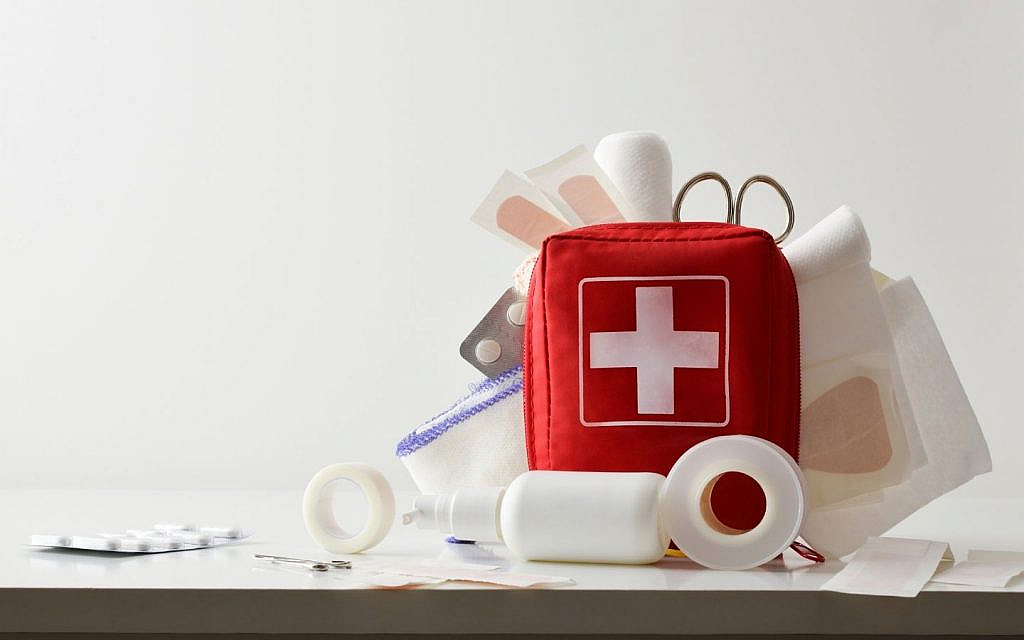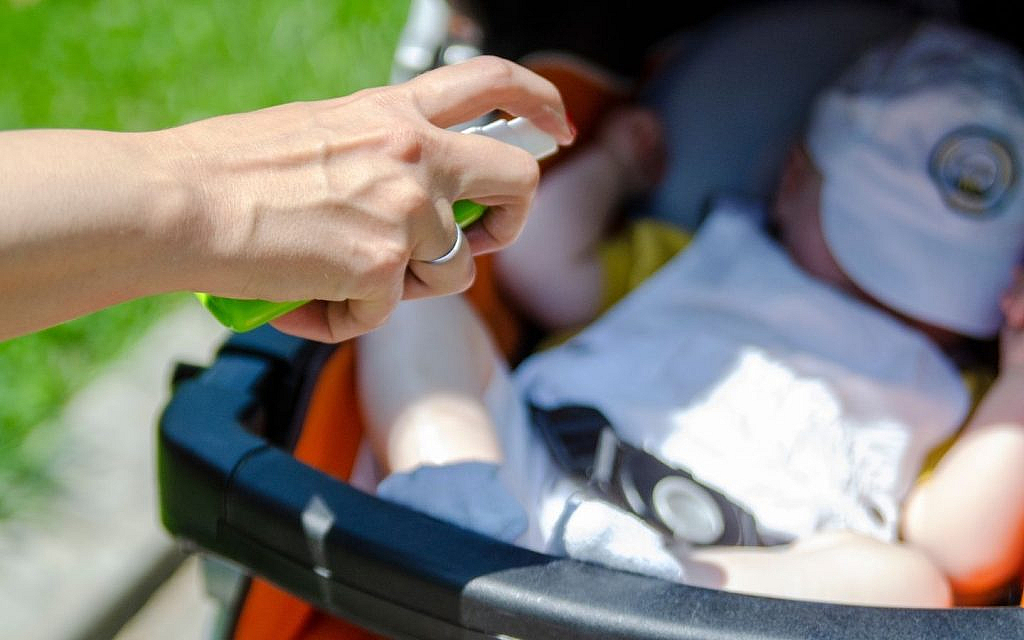First Aid Essentials for Drivers
Road accidents are unpredictable and need immediate professional medical assistance. However, in many cases, providing basic first aid immediately after an accident can make a significant difference. Whether it’s controlling bleeding or providing CPR, being prepared can stabilise the situation. That said, every driver should have a basic first aid kit and some knowledge of lifesaving techniques.
Let’s take a look at some first-aid essentials for drivers to prepare for an emergency.
Basic First Aid Kit for Vehicles
Usually, drivers carry a car emergency kit, which includes multiple tools and a first aid kit. However, for maximum preparedness, make sure the car first aid kit is equipped with the following items.
Dressings and Bandages
On the top of the first aid essentials list are the dressings and bandages. The kit should have wound dressings, adhesive dressings, plasters and bandages.
Here are the basic must-have dressings and bandages to add to your first-aid kit.
- Sterile wound dressing
- Roller bandages
- Sterile pad
- Triangular bandages
- Fabric plasters
- Waterproof plasters
- Tubular bandages
- Gel blister plasters

Protection and Sterilisation Items
Protective and sterilisation items are necessary when dealing with minor cuts, burns and wounds in a car accident.
Using these items not only maintains hygiene but also reduces any potential chance of infection. The protection and sterilisation items for first-aid kits are as follows.
- Soap or hand sanitizer
- Disposable gloves
- Scissors
- Tweezers
- Cotton balls and Q-tips
- Antiseptics
- Plastic bags
- Sterile eyewash
If you are having trouble finding all of these supplies, here are some medical supplies for sale in the UAE that you can browse through and choose from.
Over-The-Counter Medicine
Drivers relying on prescribed medicines are suggested to carry spare medicines in their first-aid kits.
Alongside these prescribed medicines, some over-the-counter medicines can also be helpful. However, dubizzle by any means does not support self-medication, and it is advised to consult with a doctor prior to adding these medicines to the kit.
- Pain relievers or killers
- Cold and antihistamines
- Antidiarrheal medication to prevent dehydration
- Calamine lotion
- Allergy medication
Additional Items for Kids and Pets
When travelling with kids and pets, it is necessary to add a few additional items to your car first aid kit.
- Kid-safe insect repellant
- Diapers
- Pet muzzle
- Pet leash

How to Store a First Aid Kit
Storing a first aid kit properly in the car is recommended to reach it conveniently in case of an emergency. Opt for a heat and water-proof container to protect medicines in every weather. A hard-shell box or zipped pouch is usually considered ideal for preparing a first-aid kit.
Here are some plastic boxes for sale in the UAE that you can browse through and choose an ideal one to prepare a kit.
Store the first-aid kit in a glove compartment, centre console or seat pockets to make it easily accessible. Properly secure the kit with a strap or a velcro strip and protect it from direct sunlight.
Drivers’ First Aid Essentials
Along with the first-aid essential items, drivers must also be aware of how to use a first-aid kit in an emergency. Here, we have listed some of the drivers’ first-aid essentials to deal with in uncertain situations.
Basic First-Aid Training
Drivers should be aware of these essential first-aid techniques to deal with accidents.
- CPR: CPR enables one to revive the heart through compression and reduced breaths in case of heart failure after a driving emergency.
- Wound Care: Basic understanding of how to clean and dress wounds to prevent infection.
- Fracture and Sprain Management: Know how to immobilise injuries using bandages or splints.
- Burn Treatment: Apply appropriate first aid for minor and major burns to reduce damage.

How to Use a First Aid Kit in an Emergency
Drivers should be trained to use first aid kits in case of an emergency. The following are some common steps for using a first aid kit after an accident.
- Step 1: Locate the first-aid kit. The box must be labelled with ‘First Aid’ or ‘First Aid Safety Sign’.
- Step 2: Once done, search for the items that are required to deal with the emergency. Avoid panicking and removing all the items from the kit at once.
- Step 3: Now, wear gloves, clean the wound, apply a bandage and check for the vitals.
- Step 4: After completing first aid, report the accident to Dubai Police or to the respective authorities of the Emirate you were driving in.
FAQs
What are the essential first-aid items every driver should have?
The essential first-aid items every driver should have include bandages, gloves, scissors and antiseptics.
Why is it important to keep a first aid kit in your car?
Keeping a first aid kit ensures you’re prepared to handle roadside emergencies, minor injuries, or medical issues before professional help arrives.
What type of bandages and dressings should be in a car first aid kit?
A well-equipped first-aid kit should have adhesive bandages, sterile gauze pads, roller bandages, triangular bandages, elastic compression bandages, non-adherent dressings, wound closure strips, eye pads and adhesive tape.
These are all the first aid essentials for the drivers. It is necessary to carry a first aid kit and learn life-saving techniques to deal with uncertain roadside emergencies. Aside from first aid, building safe driving habits is also necessary. Although the latest or even used cars for sale in the UAE are equipped with modern safety features, human intervention is still required.
Stay tuned to dubizzle’s auto blog for more roadside medical assistance tips.
Comments
Post a Comment